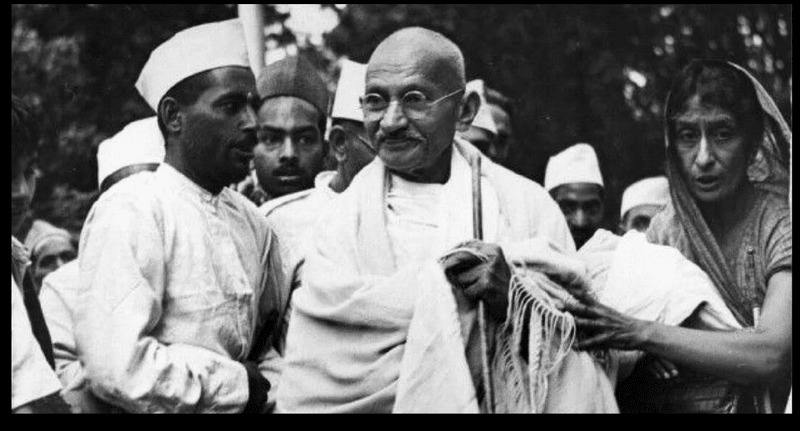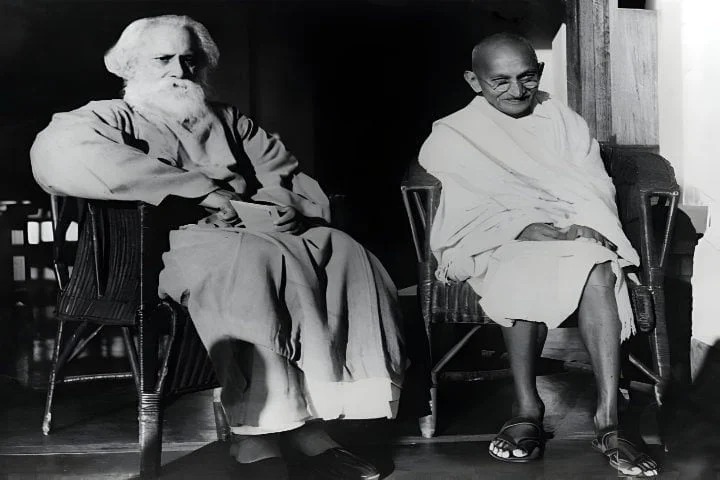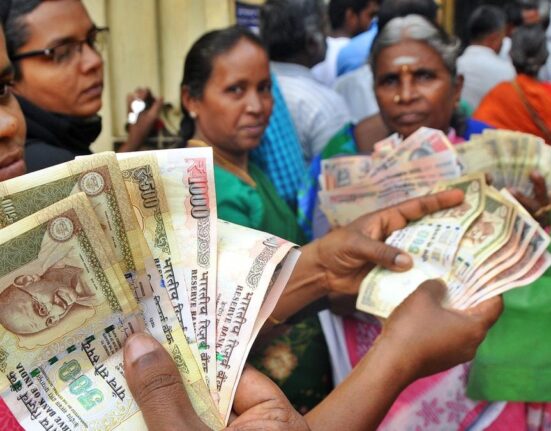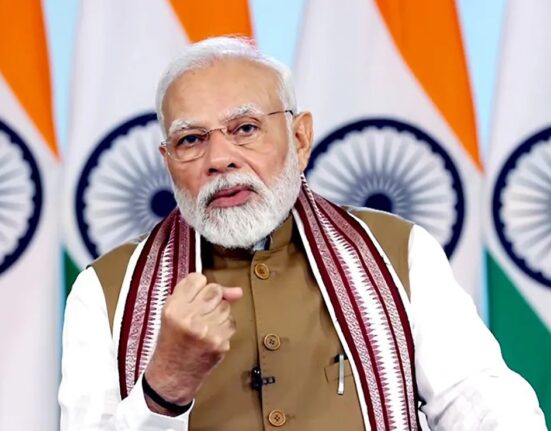Introduction
The Non-Cooperation Movement was India’s first nationwide mass agitation led by Mahatma Gandhi to resist British rule through nonviolent non-cooperation, launched in 1920 and withdrawn in February 1922 after the Chauri Chaura incident. It aligned the INC’s program with the Khilafat cause, turned Congress into a mass organization, and brought students, peasants, workers, women, and the urban middle classes into unprecedented political action.

Background and Causes
- Immediate triggers: The Rowlatt Act’s repressive powers and the Jallianwala Bagh massacre (1919) shattered faith in constitutional reform and fueled calls for mass resistance.
- Khilafat convergence: Muslim mobilization around the Ottoman Caliphate grievance intersected with Gandhi’s non-cooperation, creating a powerful Hindu–Muslim united front by late 1920.
- Congress shift: A special session at Calcutta (September 1920) approved non-cooperation in principle, and the annual Nagpur session (December 1920) formally adopted the program, redefined the goal as swaraj by peaceful and legitimate means, and reorganized Congress for mass work (CWC, linguistic PCCs, lowered entry fee).
Launch, Leadership, and Aims
- Launch window: The movement is generally dated September 1920 to February 1922; many sources also note activities from 1 August 1920 on the Khilafat platform.
- Leadership: Mahatma Gandhi as the architect, with broad support from Congress and Khilafat leaders; the Ali brothers, C.R. Das, Motilal Nehru, Saifuddin Kitchlew, and others toured widely to popularize the program.
- Core idea: Withdraw cooperation from British institutions, laws, and symbols of authority through strictly nonviolent means (satyagraha), to morally and practically paralyze colonial governance.
Programme and Methods
- Political boycott: Surrender of titles and honors; boycott of government schools, courts, and legislative councils; refusal to attend official functions.
- Economic swadeshi: Boycott of foreign cloth and goods, promotion of khadi and village industries; picketing of liquor and cloth shops.
- Social unity and reform: Hindu–Muslim amity, national education, and constructive work (spinning, sanitation, temperance) to deepen mass discipline and self-reliance.
- Civil stance: Maintain nonviolence; court arrest where necessary; build parallel, people-based institutions over time.
Phases and Spread (1920–1922)
- 1920: Calcutta approves; Nagpur formalizes the program and reorganizes Congress for mass work.
- 1921: Countrywide upsurge—student withdrawals from government schools, teachers and lawyers leaving practice in some centers, bonfires of foreign cloth, picketing, and local strikes; enormous growth of Congress membership and reach.
- Regional currents: Strong action in Bengal, Punjab, UP, Bombay Presidency, and the south; traders benefited from the foreign cloth boycott while khadi gained ground.
Key Events and Turning Points
- Congress sessions of 1920: Special session at Calcutta (September) approves non-cooperation; Nagpur (December) passes the main resolution, amends the Congress constitution, and sets organizational machinery for mass mobilization.
- Repression: Arrests of leaders and bans on meetings escalated through 1921; Gandhi pressed for strict nonviolence and constructive work alongside boycott.
- Chauri Chaura (4 February 1922): A confrontation in the Gorakhpur district turned violent when a mob set a police station ablaze, killing 22 policemen, violating the movement’s nonviolent creed.
- Withdrawal (February 1922): Shocked by Chauri Chaura, Gandhi decided to suspend the movement; many sources note 11–12 February as the decision/announcement window.
- Gandhi’s arrest: Gandhi was arrested on 10–12 March and sentenced on 18 March 1922 to six years’ imprisonment for sedition (he served about two years).
Organizational Milestones (Nagpur, 1920)
- Endorsed non-cooperation program fully.
- Recast Congress goal as attainment of swaraj by peaceful and legitimate means, committing to an extra-constitutional mass struggle.
- Set up the Congress Working Committee; reorganized on linguistic basis; lowered membership fee to broaden participation.
Impact and Significance
- Mass politicization: The movement transformed Congress into a mass body; millions engaged in boycott, picketing, and constructive work, revealing the capacity for disciplined national action.
- Hindu–Muslim unity: The Khilafat–Congress alliance produced remarkable communal solidarity in 1920–21, though it proved fragile under later strains.
- Economic effects: Foreign cloth sales suffered in many areas; indigenous production (khadi) and Indian traders/manufacturers gained from boycott momentum.
- Moral capital: Non-cooperation demonstrated the power of nonviolent mass pressure; it delegitimized colonial claims and forced Britain to reckon with Indian public opinion.
- Limits exposed: The Chauri Chaura violence underscored the challenge of maintaining nonviolence at scale and the need for deeper cadre training and constructive infrastructure.
- Constitutional repositioning: Post-Nagpur, Congress now pursued swaraj through mass action rather than petitions and council entry (until later tactical shifts), redefining nationalist strategy.
Critiques and Internal Debates
- Suspension controversy: Many leaders (e.g., C.R. Das, Motilal Nehru) were dismayed by the abrupt withdrawal after Chauri Chaura; others believed the pause was essential to preserve the movement’s moral foundation.
- Tactical disagreements: Arguments persisted over council entry, legality vs. extra-constitutional struggle, and the balance between boycott and constructive work—debates that shaped the next phase of nationalism.
Timeline (Key Dates)
- September 1920: Calcutta special session approves non-cooperation in principle.
- December 1920: Nagpur session passes the main resolution; Congress reorganization.
- 1921: Peak mass mobilization; arrests and repression intensify.
- 4 February 1922: Chauri Chaura incident (Gorakhpur district, U.P.).
- 11–12 February 1922: Gandhi withdraws/suspends the movement nationwide.
- 18 March 1922: Gandhi sentenced to six years for sedition (after March arrest).
Key Figures
- Mahatma Gandhi: Architect and leader; insisted on strict nonviolence and moral discipline; withdrew the movement after Chauri Chaura.
- C.R. Das and Motilal Nehru: Major Congress leaders; supported the mass line but criticized the sudden suspension.
- Khilafat leaders (Ali brothers and others): Anchored the Hindu–Muslim alliance and co-mobilized across 1920–21.
Interesting Facts
- The Non-Cooperation Movement is widely described as the first truly nationwide mass movement in India under Gandhi.
- The Nagpur session also put in place the Congress Working Committee (CWC), which became the nerve center of Congress decision-making thereafter.
- Gandhi’s trial in March 1922 made global headlines; he accepted the court’s sentence, reinforcing his commitment to nonviolence and truth in method.

Conclusion
Between 1920 and 1922, Non-Cooperation recast Indian nationalism from elite petitioning to mass nonviolent resistance, fused Congress with Khilafat energies, and demonstrated the potency—and the perils—of countrywide mobilization. Its withdrawal after Chauri Chaura preserved the moral core of Gandhi’s strategy while revealing the need for deeper training and constructive nation-building—lessons that shaped the movements to come.








Leave feedback about this